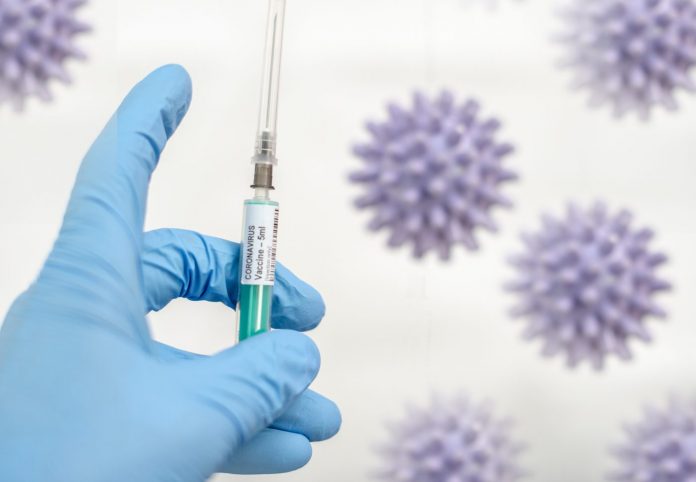
Research led by Harvard University demonstrates that a type of virus-like DNA particle can be used to form an effective vaccine against viruses like SARS-CoV-2.
To date, the prototype vaccine has only been tested in mice and not humans, as reported in Nature Communications, but a COVID vaccine made using the virus-like particles was able to trigger a strong antibody response against SARS-CoV-2 in the animals.
Previous particulate vaccines have been developed using protein scaffolds but have run up against the problem of these scaffolds causing unnecessary immune reactions. In this study, co-lead author Mark Bathe, PhD, an MIT professor of biological engineering, and colleagues used DNA as a scaffold instead of one made of protein and found it solved the immunogenicity issue.
“DNA, we found in this work, does not elicit antibodies that may distract away from the protein of interest,” said Bathe in a press statement.
“What you can imagine is that your B cells and immune system are being fully trained by that target antigen, and that’s what you want—for your immune system to be laser-focused on the antigen of interest.”
Many of the COVID vaccines that are currently available, such as the mRNA vaccines developed by Moderna and BioNTech/Pfizer, stimulate a mainly T-cell based reaction from the immune system. While this can be effective at stimulating an immune reaction against the virus, it is often not very long-lived.
The advantage of vaccines such as the one developed by Bathe and co-workers is that they can stimulate a strong B-cell driven antibody response, which can be much longer lasting.
“Particulate vaccines are of great interest for many in immunology because they give you robust humoral immunity, which is antibody-based immunity, which is differentiated from the T-cell-based immunity that the mRNA vaccines seem to elicit more strongly,” Bathe noted.
Earlier iterations of particulate vaccines with protein scaffolds also induced antibodies against the protein in the scaffold, which can reduce the immune response the vaccine generates against the pathogen in question.
“To neutralize the SARS-CoV-2 virus, you want to have a vaccine that generates antibodies toward the receptor binding domain portion of the virus’ spike protein. When you display that on a protein-based particle, what happens is your immune system recognizes not only that receptor binding domain protein, but all the other proteins that are irrelevant to the immune response you’re trying to elicit,” explained Bathe.
The new scaffold is made of thymus-independent DNA origami. In a series of tests in mice, vaccines made using this method induced a strong antibody response to the SARS-CoV-2 virus that was impacted mainly by the antigen used in the vaccine and T cell interactions. Notably, the DNA-based scaffold did not appear to induce antibodies in the mice that received the vaccine allowing a more focused response to the pathogen.
“Beyond rational vaccine design and promoting antibody focusing, our discovery that DNA scaffolds are not neutralized by DNA-specific antibodies is of significant importance not only for vaccines, but also potentially for therapeutic nucleic acid delivery, as it enables redosing without antibody-dependent clearance,” concluded the authors.













